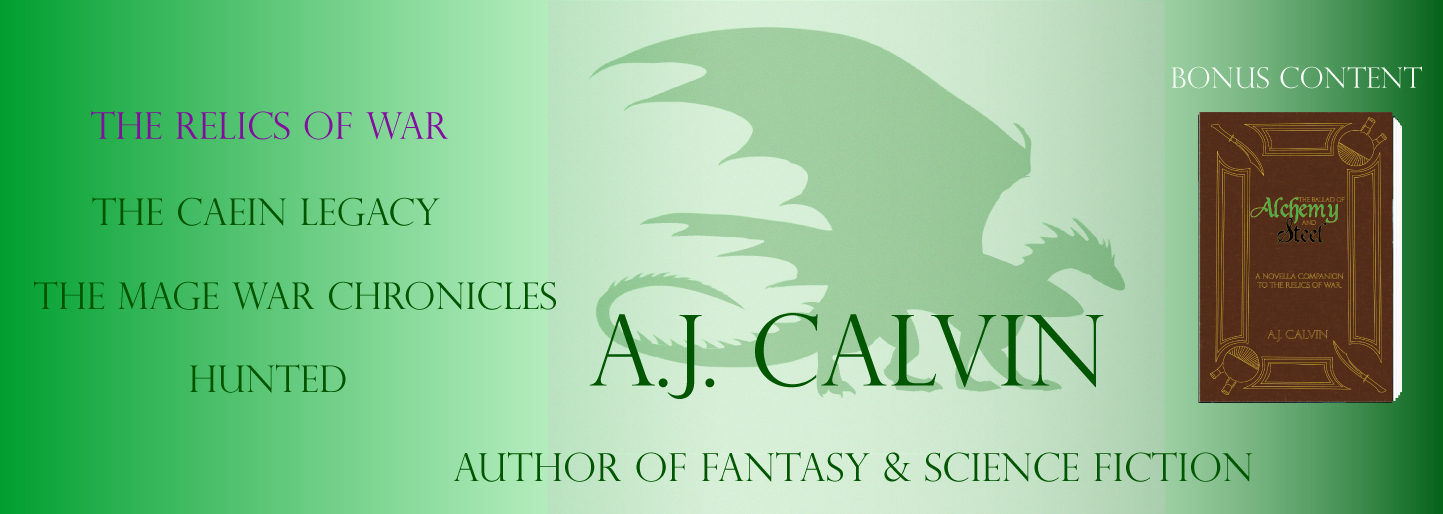Book Review: Of Mycelium and Men by William C. Tracy

Genre(s): Science Fiction
Content warning: There are a few relatively graphic scenes involving character deaths in the environment.
A group of human colonists have been searching for a new home world for generations. The leadership has been in suspended animation for centuries, awakened only on occasion when a prospective new world is located. So far, they haven’t had much luck.
But when they come across System Eleven, there’s a habitable world. The atmosphere is conducive to human physiology, and there’s plant life. What they don’t realize is most of that life is part of a single, massive fungal organism—and it’s aware they’ve landed.
Based on the title alone, I had to read this book (this microbiologist loves her fungus). As I dove into chapter one, I learned that not only is the fungus aware, it has view point scenes too! So bonus points to the author for that one. I was hooked by that alone. As the book progressed there were some very intriguing theories regarding the fungus’ evolution and reproduction involving both viruses and prions. It’s a clever idea—and as someone who did their senior capstone work on prions, I loved the fact it was included in this book. I don’t think I’ve read any other science fiction works to date that mentioned prions.
But there are other very interesting concepts in the story, as well.
The ships are maintained by individuals they call “generationals,” those whose ancestors were tasked with the general upkeep and the ongoing search for a new world. Generationals are allowed to breed within fixed parameters; they must maintain the population in order to continue with routine repairs of the ships, but after centuries, there are signs of genetic drift. More bonus points for keeping to the science on that front.
Another concept featured was that of the Vagals’ implants. The Vagals are super soldiers, and their implants allow them to react faster than the average human, as well as boosting their strength, immune responses, and more. The concept of implants of that nature in science fiction isn’t new, but it worked well within the context of the story. I also liked the portions from Anderson’s perspective; at first, he isn’t comfortable with the implant, but over time, he comes to trust its reactions over his own. He even starts to think of it as its own entity and gives it a name.
The human colonists’ struggle to survive on a relatively inhospitable planet was fascinating, and the methods the fungus used to observe, interact with, and “subsume” the newcomers was equally intriguing. The one thing I would have liked to learn more of was why the humans left Earth to begin with. It’s alluded to that they’d ruined their home world, but it was only a small subset of the population who left. I found myself asking what prompted them to leave more than once, but that question was never answered.
There are a number of viewpoints in the story, some more engaging than others. I never really connected to some of the characters (though I liked Anderson and Jane Brighton made for a decent villain). But the characters weren’t what drew me to this story. The science and theoretical possibilities are where this book really shines.
That being said, there is quite a bit of technical language at times. I believe the author did a good job of explaining some aspects of the science through conversations between characters, though as a scientist myself, I’m used to the terminology… It may not be as clear for other readers as it was for me (I’m not sure I’m a good judge of this.) The book is listed as “hard sci-fi,” so the science should be expected. And as I said previously, it’s the scientific concepts and how they were applied to the story that piqued my curiosity and held my attention.
This was a very interesting read, and from my perspective as a microbiologist, well-researched. I’m interested to see where book 2 will take the story.
On a final note, I came across Of Mycelium and Men while following this year’s SPSFC2 contest. I’m not participating, only following, because I enjoy reading science fiction. I wish the author the best of luck as the competition moves forward.
Author website: williamctracy.com
Amazon link: Of Mycelium and Men

Thanks for the review.
I think Crichton’s second Jurassic Park novel may have involved prions but it has been a very long time since I read it.
It’s possible! It’s probably been 25 years since I read the Jurassic Park books, and in that time, I’m sure I’ve forgotten some parts of them.